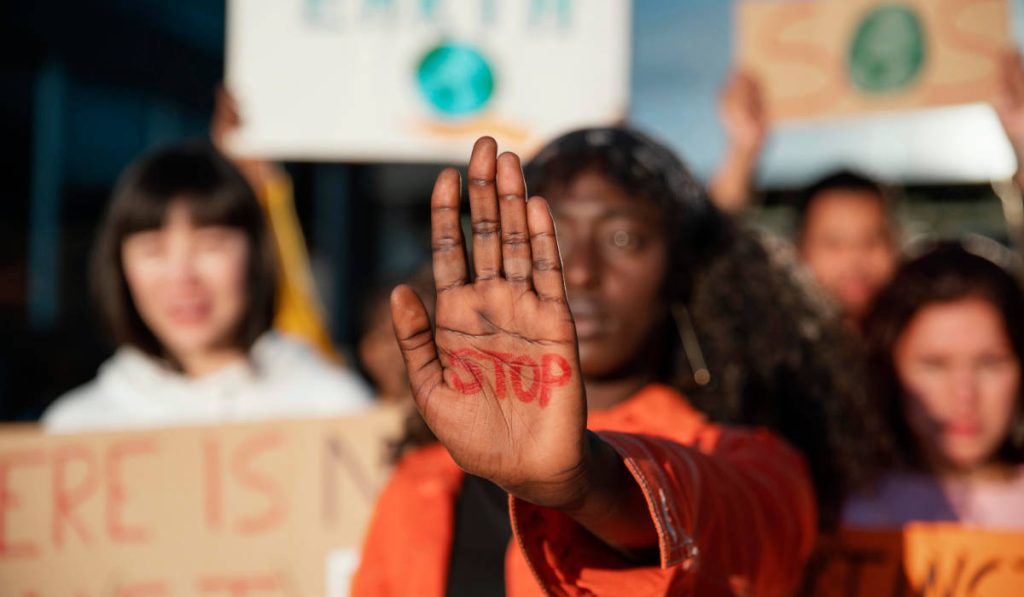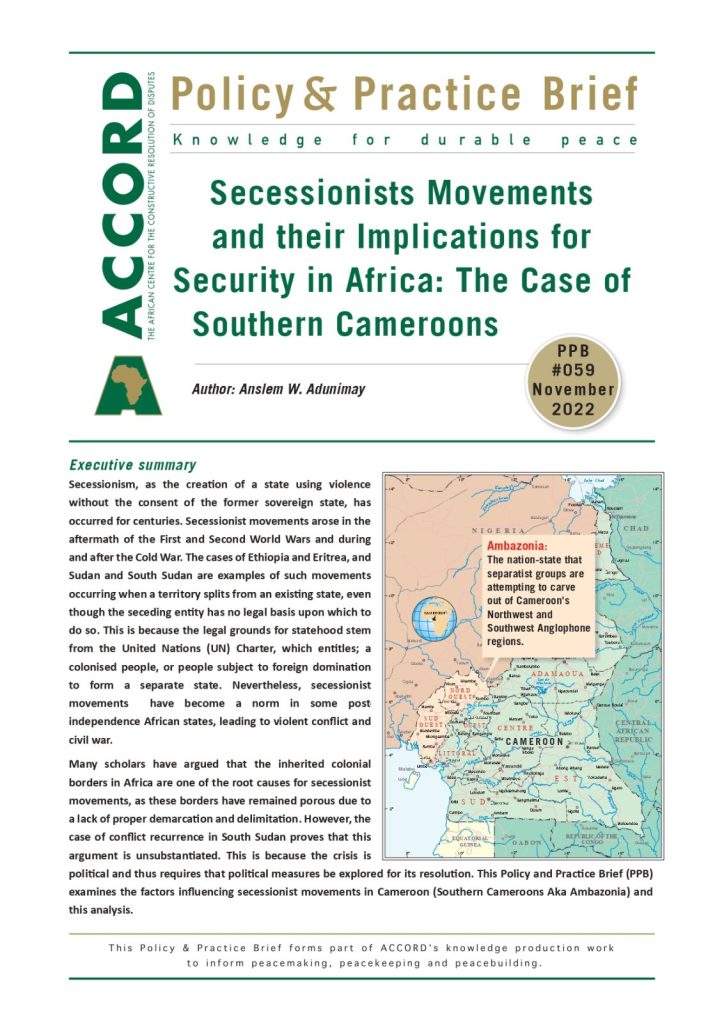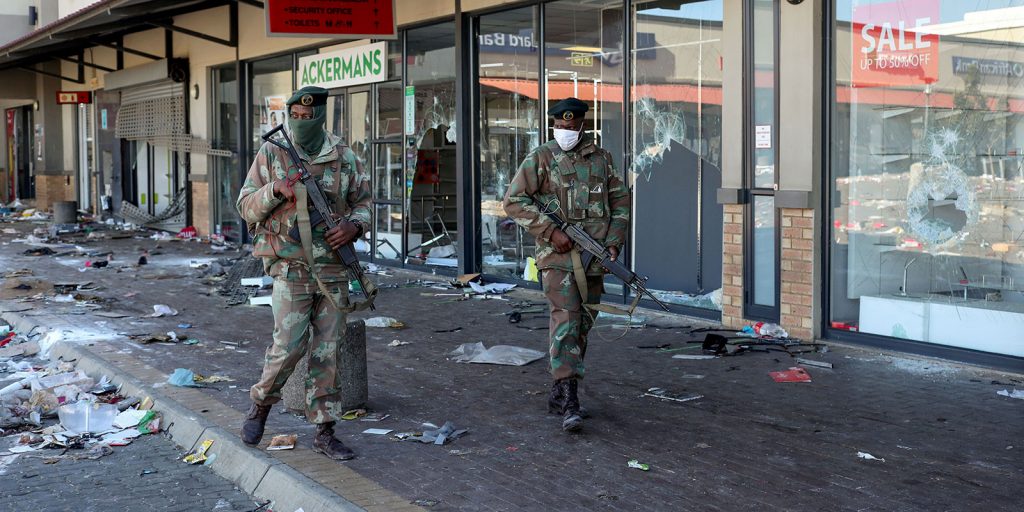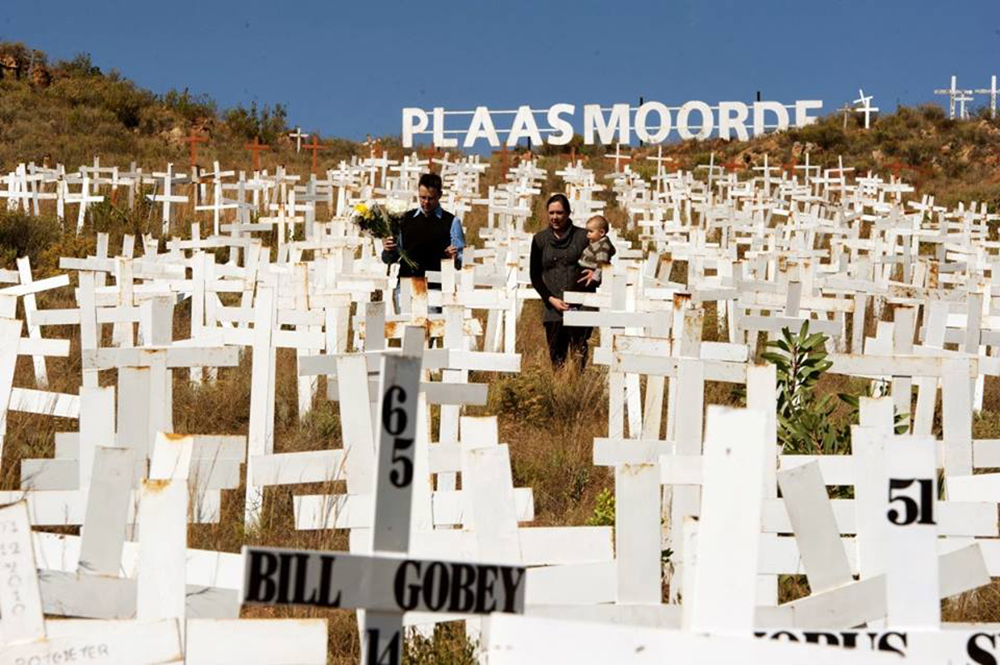
The nexus between horizontal inequalities and violent conflicts: A case study of Kenya
The duration, nature, and potency of horizontal inequalities are vital in comprehending conflict dynamics manifesting in societies.

The duration, nature, and potency of horizontal inequalities are vital in comprehending conflict dynamics manifesting in societies.

For the final Monitor of the year, we feature a piece from Madam Graça Machel, the Chair of ACCORD’s Board of Trustees, on intergenerational justice and human rights in a

Planetary crises are challenges that we face collectively as one human family, and must be overcome with the richness of our full diversity.

We begin this edition of the Monitor with a contribution from Cheryl Hendricks, who writes about rethinking peace and security in the current global context. She argues that existing normative frameworks

Secessionist movements have become a norm in some post-independence African states, leading to violent conflict and civil war. This PPB examines the factors influencing secessionist movements in Cameroon.

The situation in South Africa is a microcosm of what is prevailing in the rest of Africa. The marginalised majority have continued, over these three decades, to live in hope.

While white farmers are the major victims of farm murder, a conceptualisation of such as ‘white genocide’ does not adequately characterise the reality. One step among others would be for the government to inaugurate a ‘Panel of the Wise’, comprised of well-respected elders from all races, who would contribute to land reform and conflict-resolution strategies for the farms and agricultural sector.